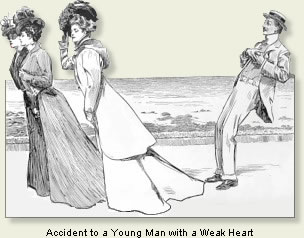Andrew Carnegie's life was full of the oppurtunity and success that people dream of when they come this country. He was born in Dunfernlime, Scotland to a linen weaver and a shoemaker, both of whom were big on civil rights. His family emigrated to the the US, more specifically Pennsylvania, in 1848 and that is where his life in business began, sort of. He got his first job at the age of 13 working as a bobbin boy at a cotton factory. He gained most of his education from reading which he enjoyed doing. A local man had opened up his library to the boys in that area, I thought that was quite fascinating considering later in life, Carnegie actually donated many many libraries to communities using the wealth that he had obtained. From being a Western Union messenger boy to a telegraph operator, and many other small positions along the way, Carnegie slowly went up the ladder until he found himself as the superintendent of the Western Division of the Pennsylvania Railroad. Though all of these jobs here and there played a part in his carreer, I'd like to think that this last one was truly one of the most influential.
Carnegie's first big venture into a company was when he invested in a company that wanted to manufacture sleeping cars for railways. He then ventured out even further into the world of building bridges, locomotives, and rails. After all of this investing he decided to make his own company and in 1865 he finally did, the Keystone Bridge Company. Though I'm sure his bridge company was quite successful, most people know him for his successes in the world of steel which he started about eight years later in 1873. His companies were always formed as partnerships and never stocks corporation which I thought was pretty fascinating. He did end up selling his super successful steel company to JP Morgan in 1901, his company was valued at 400+ million dollars at the time. He did not just sit down in a big house and endlessly count his money though, he ended up becoming a philanthropist donating libraries and institutions to help the future business leaders. He wrote a book in 1889 and officially retired from business in 1901. By the end of his life, he had built up a huge legacy of generosity and had donated or given away 350 million dollars of his own wealth. What an inspirational life he had.
Carnegie's About Our Founder







